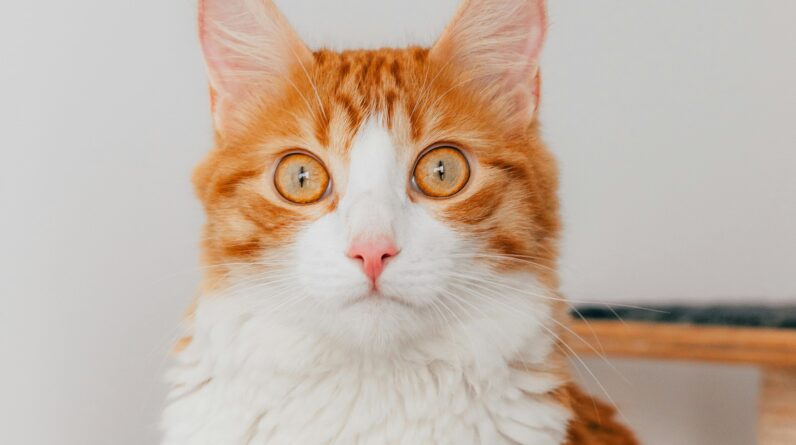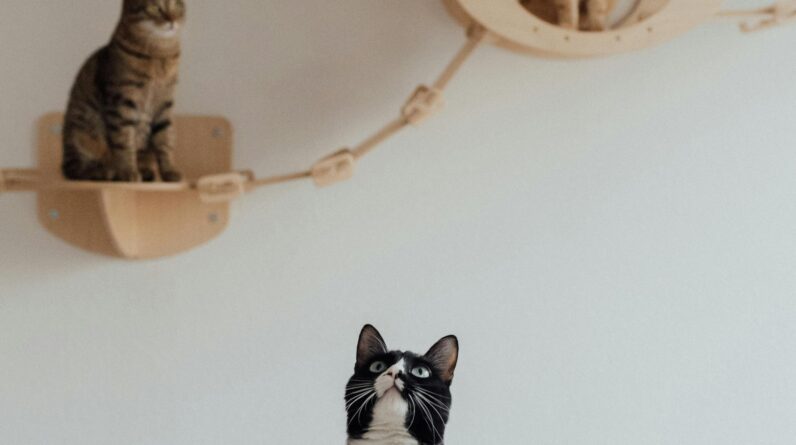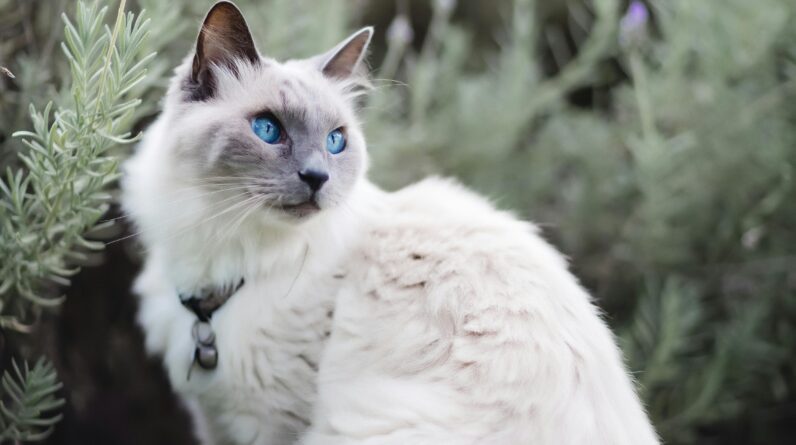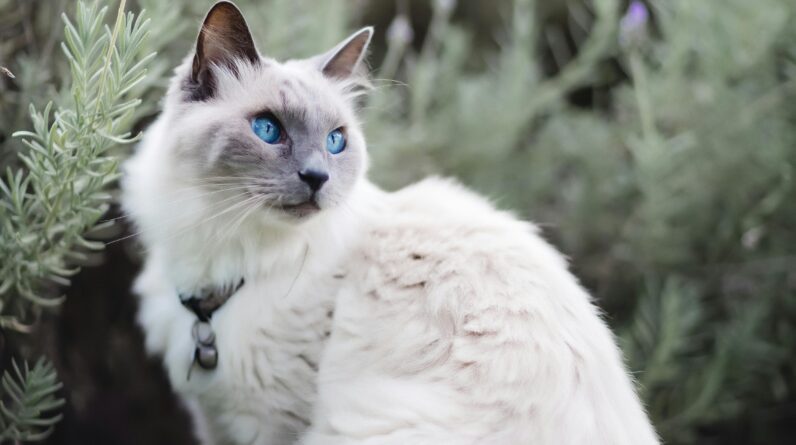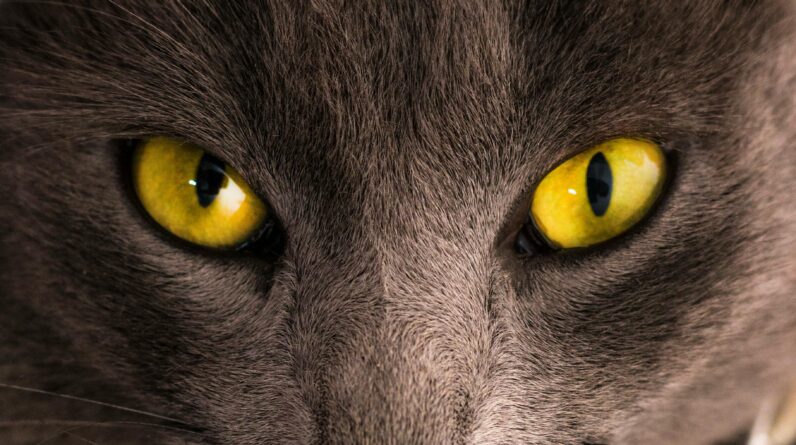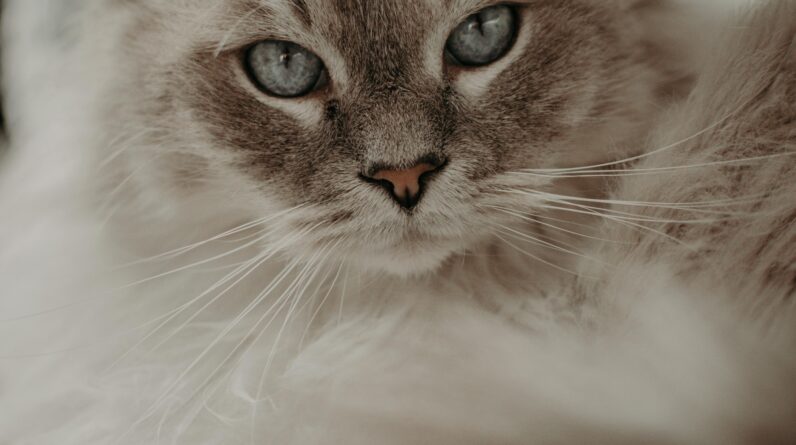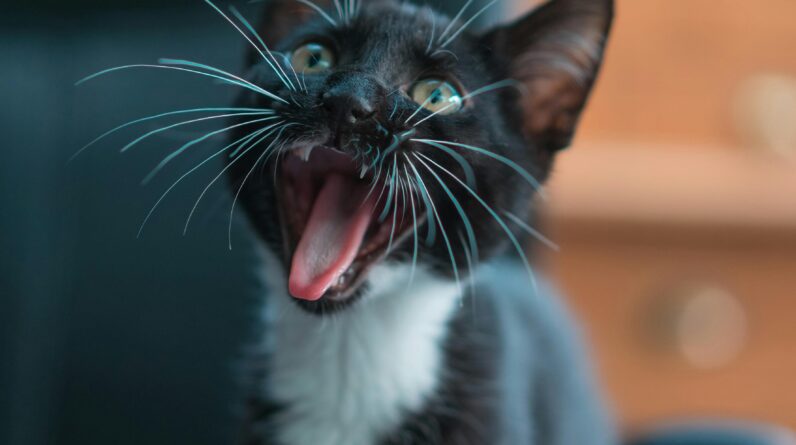
Imagine a life where your favorite sweater isn’t covered in cat hair! **Non-shedding cat breeds** are perfect for those who crave clean clothes and furniture. These special feline friends offer the joy of companionship without the mess.
Some cats have coats that barely shed, making them ideal for neat homes. **Hypoallergenic breeds** even help people with allergies enjoy having a pet. If you’re interested in these unique kitties, read on to discover more about them!
You might wonder how they manage such low shedding levels. These cats often have shorter fur or lack an undercoat, reducing hair loss significantly. It’s fascinating to think about how these traits developed over time.
Choosing a non-shedding breed isn’t just about tidiness; it’s also about health! Regular grooming becomes easier and less frequent with these cats, leading to happier pets and owners alike.
Did you know vet visits for your ginger pal can cost up to $80, and emergencies can hit thousands? 😮 But worry not! Pet insurance has got your back. For a tiny cost, avoid huge bills and keep your kitty healthy. Click here for peace of mind and endless purrs.
Understanding Cat Shedding and Allergies
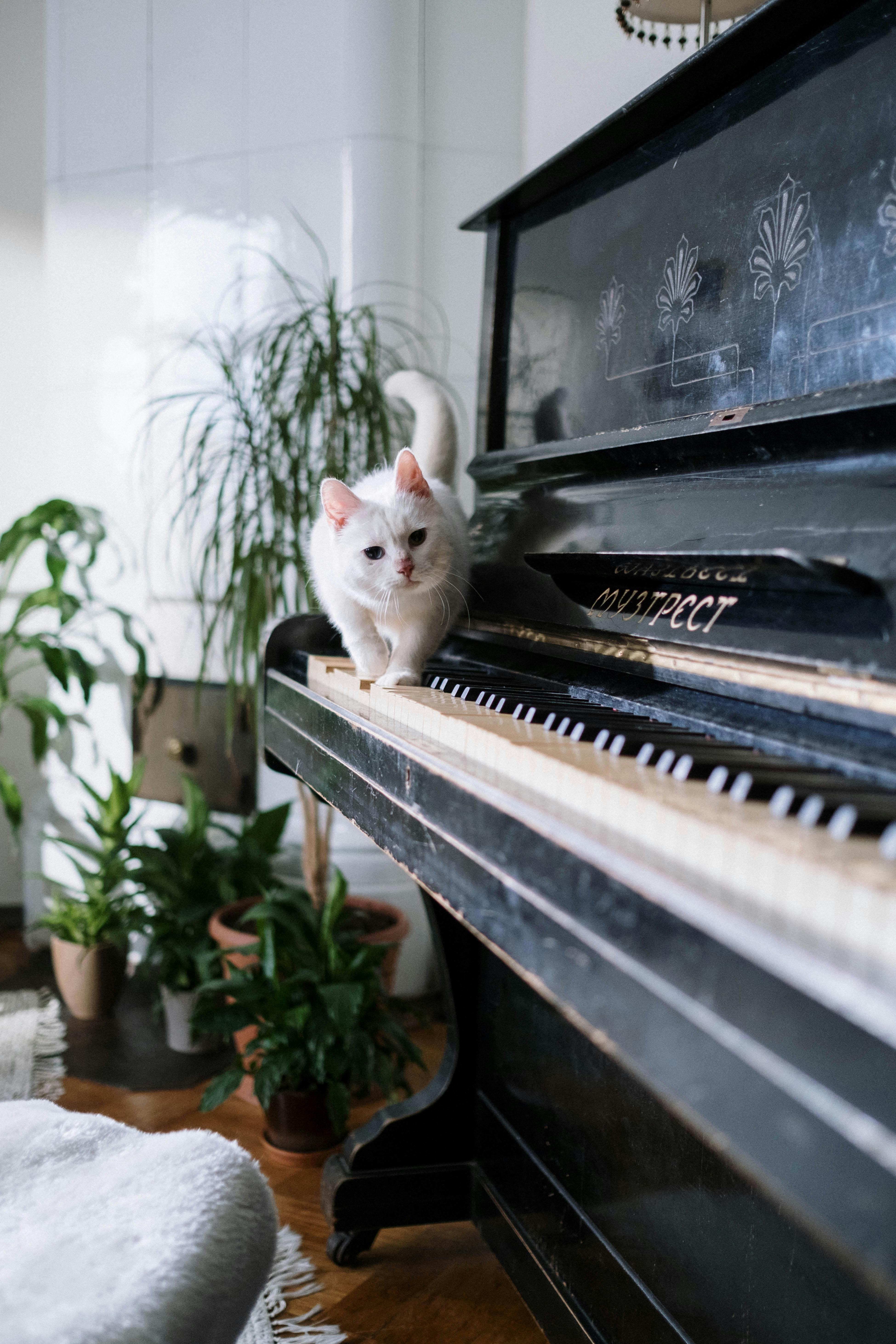

Did you know that cat shedding is a natural process? Cats shed old fur to make room for new growth. This cycle keeps their coat healthy and shiny, but it can lead to lots of fluff around your home.
Shedding isn’t just about fur everywhere; it also connects to allergies. **Cat allergies** are often caused by proteins found in skin cells, saliva, and dander. When cats groom themselves, these proteins spread onto their fur and into the air.
If you’re allergic to cats, you might experience sneezing or itchy eyes. But don’t worry! Non-shedding breeds release fewer allergens into your environment. This makes them a great choice for allergy sufferers who love kitties.
Remember that even non-shedding cats need regular grooming. Brushing helps remove any loose hair and reduces the spread of allergens further. With this simple step, both you and your pet can enjoy clean air at home!
Understanding how shedding works helps in choosing the right furry friend for you. Whether you’re concerned about mess or allergies, knowing these facts will guide your decision-making process greatly.
Top Hypoallergenic Cat Breeds
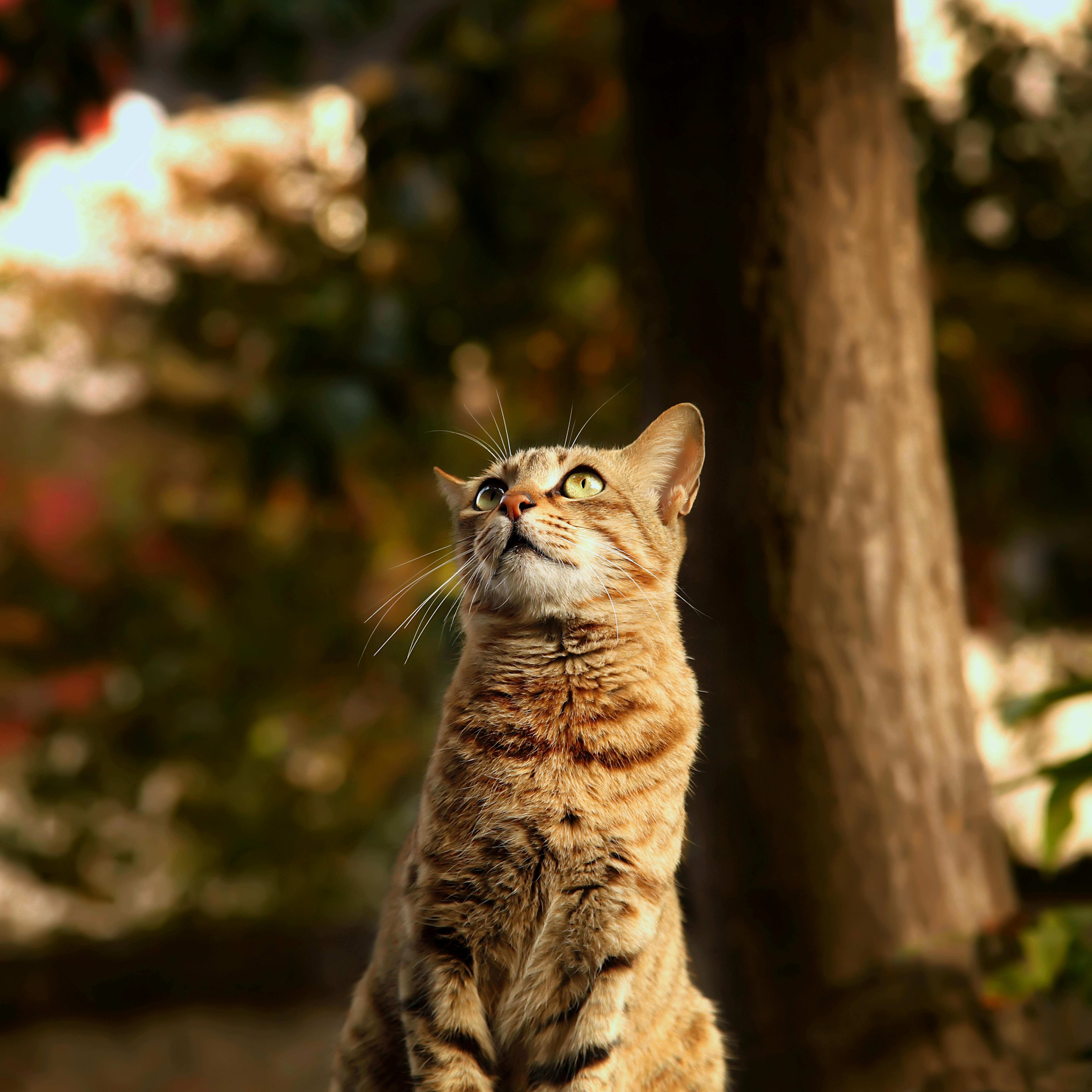

If you’re searching for a cat that won’t trigger your allergies, you’re in luck! Some cat breeds are known for being more hypoallergenic. This means they produce fewer allergens compared to other breeds.
**Siberian Cats** are fluffy yet surprisingly hypoallergenic. They have lower levels of the protein that causes allergic reactions. Their thick fur might seem daunting, but they make great companions for allergy sufferers.
Next up is the **Balinese Cat**, often called the “long-haired Siamese.” These graceful felines are not only stunning but also emit less dander into your living space.
The **Bengal Cat** is another fantastic option. Known for their beautiful spotted coats and playful nature, Bengals have fine fur that doesn’t hold onto allergens as much as other breeds do.
Additionally, consider the **Oriental Shorthair** breed if you like cats with unique looks and minimal shedding. Their short coat requires little grooming while keeping allergen levels low.
- Siberian
- Balinese
- Bengal
- Oriental Shorthair
Selecting one of these breeds can help keep sniffles at bay while enjoying feline friendship. Remember to spend time with a potential pet before adopting to ensure compatibility!
Care Tips for Low-Maintenance Cats
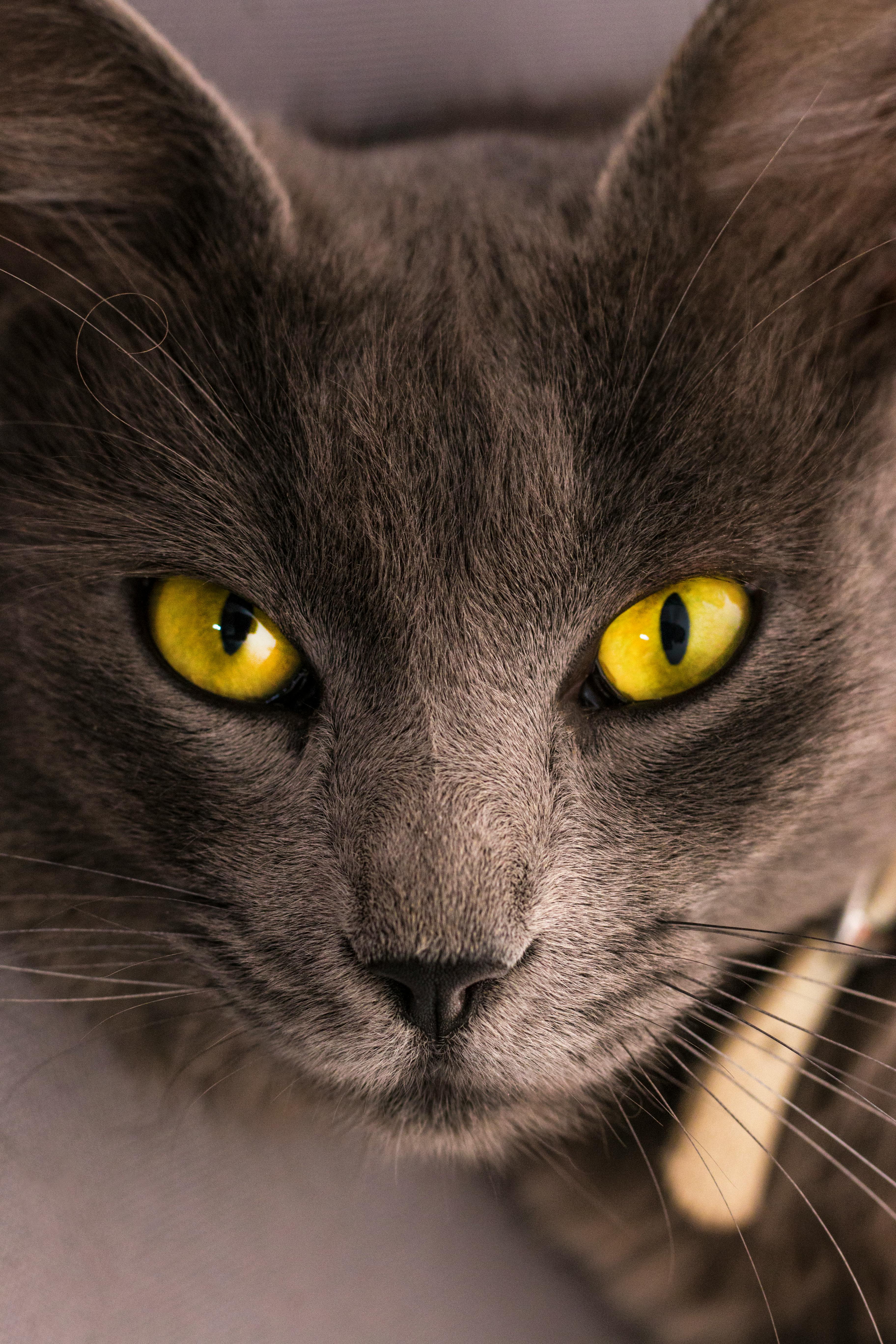

Owning a low-maintenance cat means less stress and more cuddles! These cats are perfect for those with busy lifestyles or who simply want easygoing feline friends.
One crucial tip is to provide **regular grooming**. Even low-shedding breeds need occasional brushing to keep their coat healthy and prevent matting.
Next, ensure your cat has a **balanced diet**. Quality food helps maintain their shiny coat and overall health. Remember, a healthy kitty is a happy kitty!
A clean litter box is essential for every cat’s well-being. Scoop it daily to avoid any unpleasant smells and keep your furry friend comfortable.
Additionally, providing plenty of **mental stimulation** can help your cat stay engaged. Toys like feather wands or laser pointers can entertain them for hours.
- Regular grooming
- Balanced diet
- Mental stimulation
Create cozy spots around the house where they can nap undisturbed. Cats love sunny windowsills or soft blankets in quiet corners.
If you follow these simple tips, you’ll find that caring for low-maintenance cats is both enjoyable and rewarding!
Benefits of Choosing Non-Shedding Cats
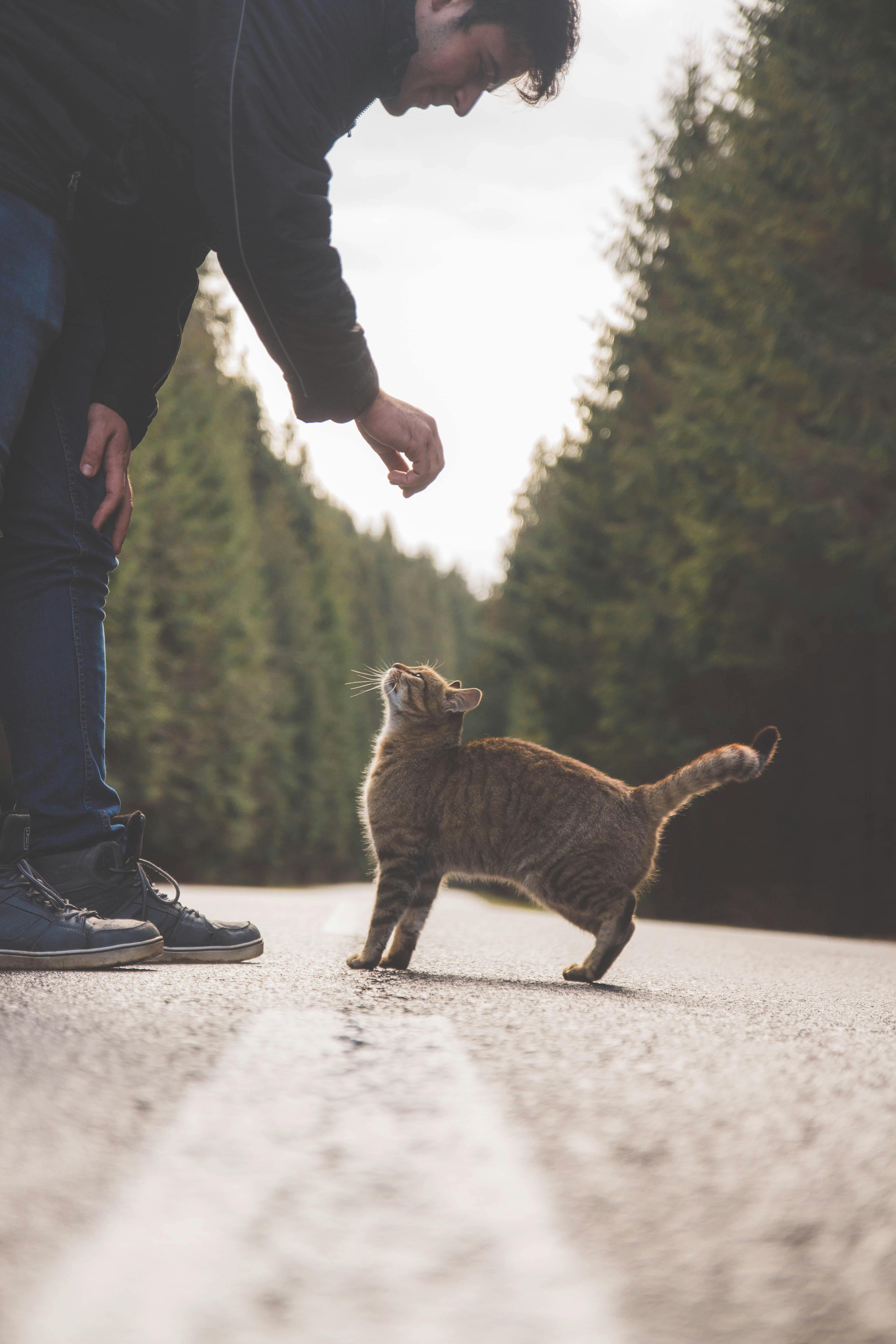

Choosing a non-shedding cat breed comes with many perks. First, there’s less hair around your home! This means you spend less time cleaning and more time playing.
Non-shedding cats are often **hypoallergenic**, making them ideal for allergy sufferers. Their minimal shedding reduces allergens, so you can breathe easier.
These cats are also great for those who appreciate a tidy environment. You won’t have to worry about fur-covered furniture or clothes!
Additionally, non-shedding breeds can be lower maintenance in terms of grooming. You’ll still need to brush them occasionally, but not as frequently as other breeds.
- Less cleaning
- Hypoallergenic qualities
- Tidy environment
This makes it easier for busy families or individuals to enjoy the companionship of a feline friend without spending too much time on upkeep.
If you’re considering bringing home a new kitty, these benefits might just make non-shedding cats the purr-fect choice!
Where to Find These Special Breeds
When looking for non-shedding cats, there are several places to start. **Local shelters** often have a variety of breeds, including those with minimal shedding.
Adopting from a shelter can give a kitty a loving home and save a life. Another option is contacting **reputable breeders** who specialize in hypoallergenic or non-shedding breeds.
You can find these breeders through cat shows or online directories. However, always ensure they prioritize the health and well-being of their animals.
If you’re interested in exploring specific breeds further, consider visiting vet clinics. Veterinarians may have connections to reliable sources for particular breeds.
Also, don’t forget about **cat rescue groups** that focus on unique or special needs cats! They might just have the perfect non-shedding companion for you.
Did you know vet visits for your ginger pal can cost up to $80, and emergencies can hit thousands? 😮 But worry not! Pet insurance has got your back. For a tiny cost, avoid huge bills and keep your kitty healthy. Click here for peace of mind and endless purrs.


